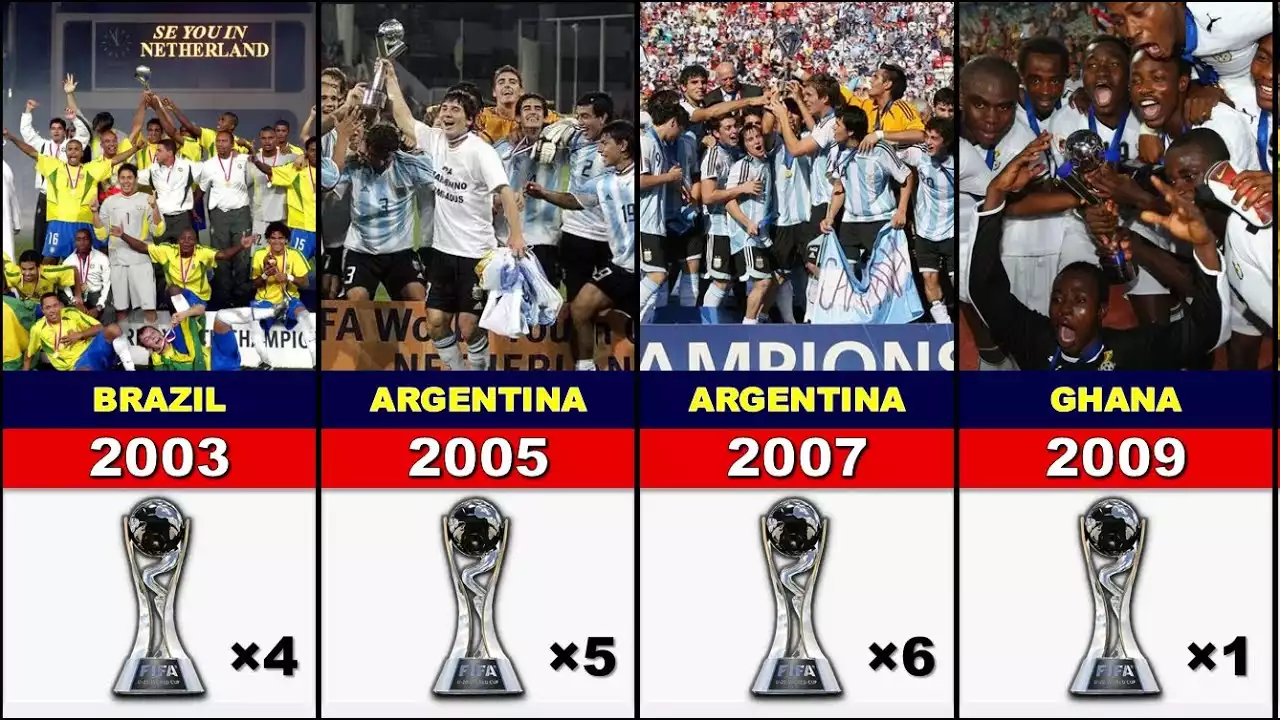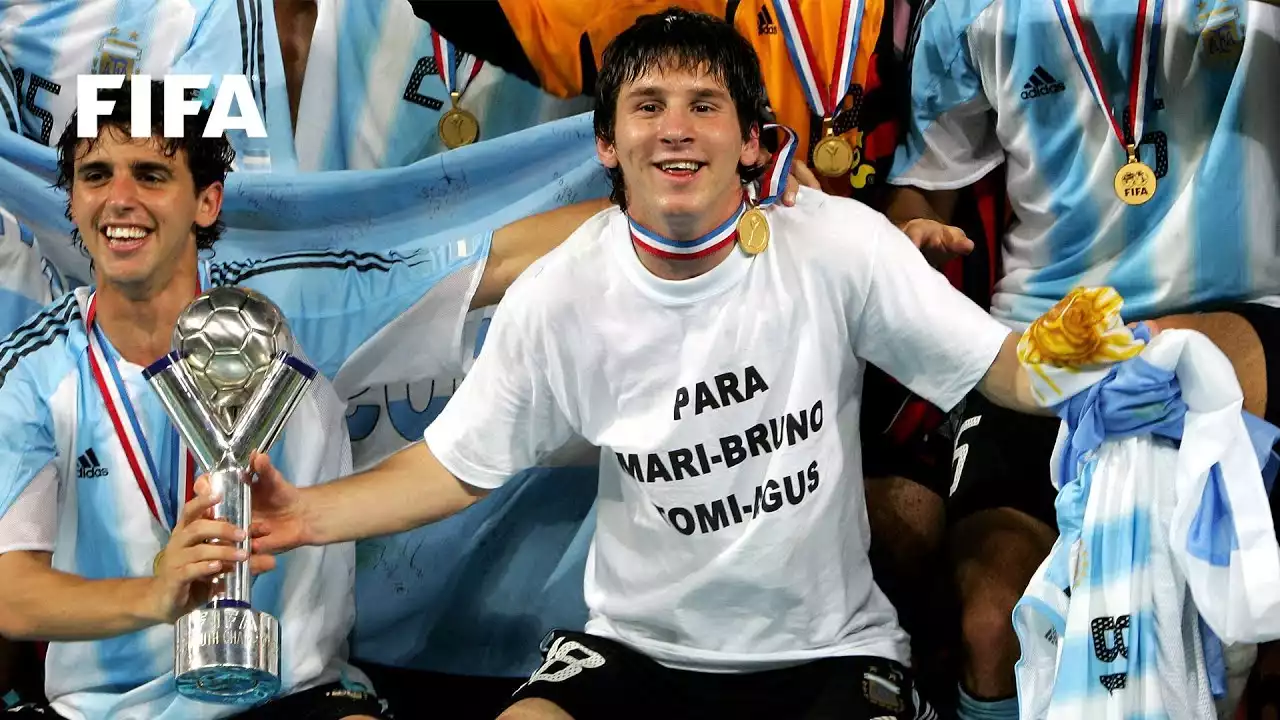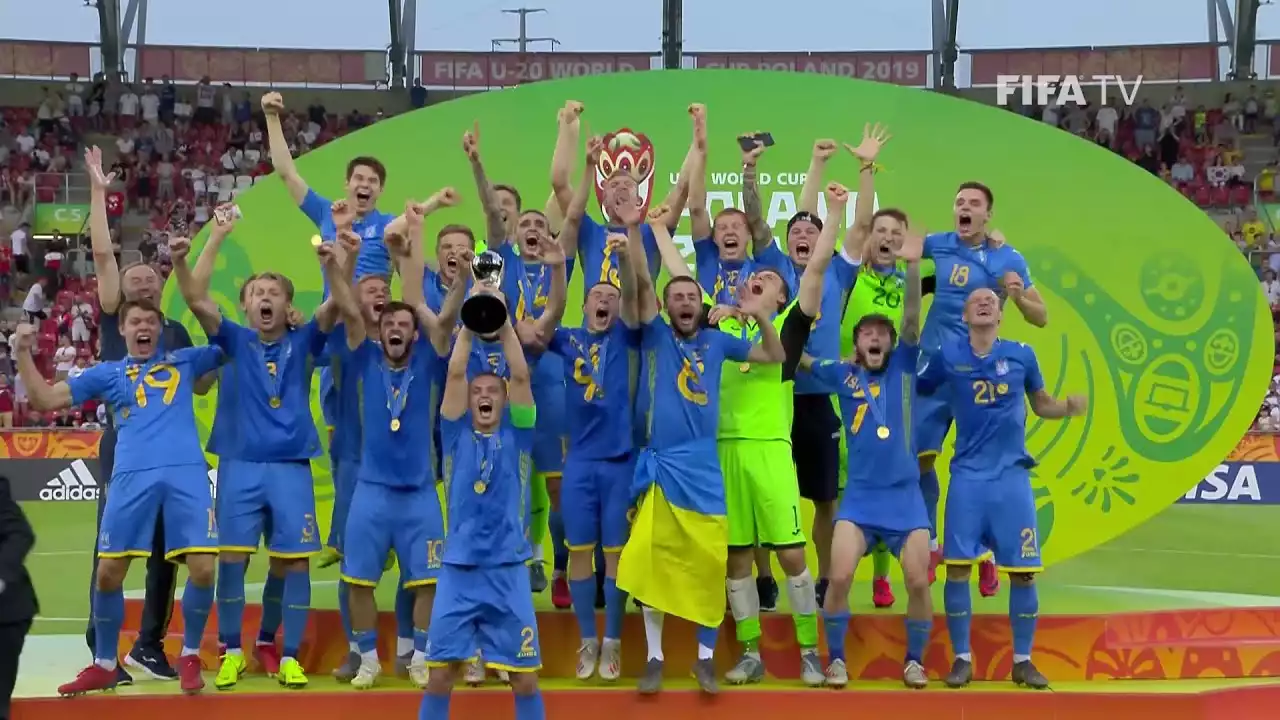Overview of the U-20 World Cup
The U-20 World Cup is an eagerly anticipated tournament that showcases the immense talent and potential of young football players from countries all over the globe. Held every two years, this prestigious competition provides a platform for emerging stars to shine and catch the attention of scouts, managers, and fans alike. With a rich history dating back to its inception in 1977, the U-20 World Cup has consistently delivered exciting matches and unveiled future football superstars.
Current format and qualification process
Currently, the U-20 World Cup features a total of 24 teams competing for the coveted trophy. The tournament follows a structured format, consisting of group stages, knockout rounds, and a final. The participating teams earn their place through regional qualifying tournaments, such as the UEFA European Under-19 Championship, the CONMEBOL South American Under-20 Championship, and the CAF Africa U-20 Cup of Nations, among others. These regional competitions serve as a pathway for teams to secure their spot in the U-20 World Cup.
Proposed changes to the U-20 World Cup format
Exciting times lie ahead for the U-20 World Cup, as proposed changes to its format and qualification process are being discussed. One significant alteration under consideration is expanding the tournament from 24 teams to 48 teams. This change would allow more nations to participate and showcase their skills on the global stage. With a larger pool of teams, the tournament would become even more competitive, providing a platform for young players from diverse footballing backgrounds to test their abilities against the best in the world.
Reasons for the proposed changes
The proposed changes to the U-20 World Cup format and qualification process stem from the desire to enhance the tournament's competitiveness and inclusivity. By expanding the number of teams, more countries would have the opportunity to participate, promoting the development of football talent in regions that may have previously struggled to qualify. This expansion would also generate greater interest and excitement among fans worldwide, as they witness a broader representation of nations competing for glory.
Analysis of the potential impact of the changes
The potential impact of the proposed changes to the U-20 World Cup format and qualification process is significant. With an increased number of teams, the tournament would attract more attention from media outlets, sponsors, and fans, further boosting its global profile. Additionally, the expansion would provide young players with invaluable exposure and experience, helping them gain confidence and develop their skills on a larger stage. The increased competition would also spur teams to improve their youth development programs, resulting in a higher overall standard of play.
Feedback and opinions from stakeholders
As with any proposed changes to a widely followed sporting event, the opinions of various stakeholders are crucial. Football associations, coaches, players, and fans all have a vested interest in the success and integrity of the U-20 World Cup. Therefore, it is essential to gather feedback and consider the concerns and suggestions put forth by these individuals and organizations. Open dialogue and collaboration will help shape the proposed changes to ensure they align with the expectations and aspirations of all involved.
Comparison with other youth World Cups
To gain a broader perspective on the proposed changes, it is worth analyzing how they align with the formats of other youth World Cups. The U-17 World Cup and the U-23 Olympic Football Tournament are two prominent competitions that focus on younger age groups. By examining the structures and qualification processes of these tournaments, valuable insights can be gained to refine the proposed changes to the U-20 World Cup. Drawing inspiration from successful models will contribute to creating an optimal format that maximizes the potential of the tournament.
Challenges and considerations in implementing the changes
Implementing changes of this magnitude to a well-established tournament like the U-20 World Cup comes with its fair share of challenges and considerations. Infrastructure requirements, logistical arrangements, and financial implications need to be carefully evaluated to ensure a smooth transition. Additionally, striking a balance between inclusivity and maintaining the tournament's prestige is essential. Collaboration with football associations and governing bodies will be crucial in navigating these challenges and addressing any concerns that may arise.
Timeline for the proposed changes
While the proposed changes to the U-20 World Cup format and qualification process hold immense potential, it is crucial to establish a realistic timeline for their implementation. Conducting thorough research, gathering feedback, and weighing the pros and cons will require time and careful deliberation. It is imperative to strike a balance between efficient decision-making and allowing sufficient time for all stakeholders to contribute constructively to the process. Transparency and clear communication will be key in ensuring a smooth transition and garnering support from all involved parties.
The proposed changes to the U-20 World Cup format and qualification process present a thrilling opportunity to revolutionize one of football's most prestigious youth tournaments. Expanding the number of teams and reevaluating the qualification process can create a more inclusive and competitive environment, showcasing the talent of young players from all corners of the globe. As football fans eagerly await further developments, it is essential to approach these changes with careful consideration, collaboration, and a shared vision of nurturing the next generation of football stars. The future of the U-20 World Cup holds immense promise, and these proposed changes could be the catalyst for its continued growth and success.









